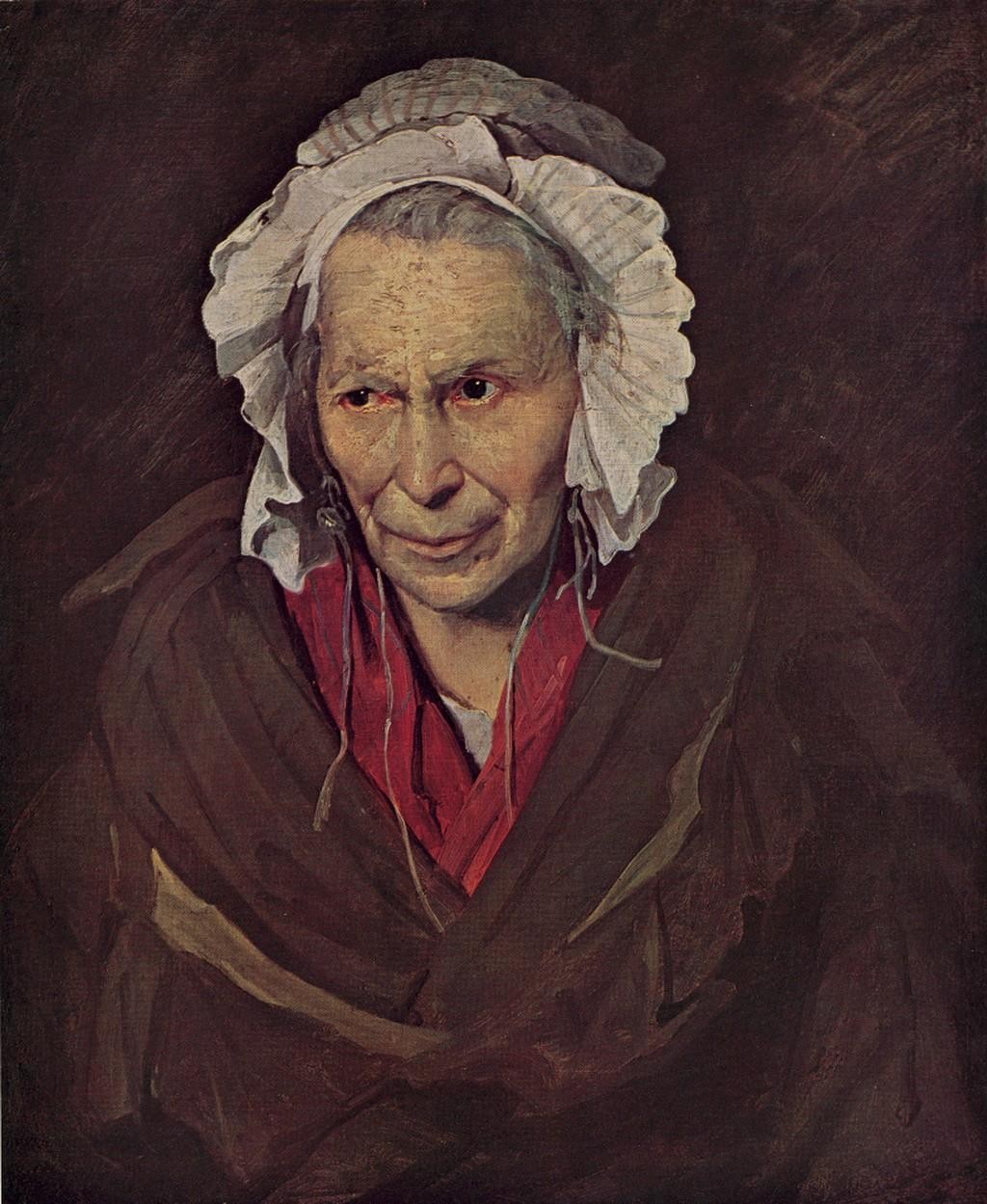ARTH 396 Art and Culture: Art, Illness and Disability
- Wednesdays, 6:00 - 8:15pm
- EV 1.605
- Instructor: Dr. Kat Simpson
“Pathologizing Modernity: Art, Illness, and Disability in Europe from Goya to Artaud”
In 1793 Spanish artist Francisco Goya spotlighted a very dark modernity with his painting Courtyard with Lunatics, which was based on real-life experiences seeing insane asylum patients being peddled to the public as “entertainment.” Goya’s painting was itself symptomatic of a burgeoning Romantic, post-Enlightenment interest in the cultures of illness and disability. In 1822, for example, French Romantic painter Théodore Géricault made an unforgettable addition to a growing canon of modern representations of illness and disability with his series of “portraits of the insane.” Beginning with Courtyard with Lunatics, this interdisciplinary course will explore the ways in which art, illness, and disability intersected and were represented in European modernity. We will also put works of visual art in dialogue with representations of illness and disability found in both historical and contemporary writings. Historical texts will include passages from German philosopher Friedrich Nietzsche’s opus The Gay Science, written in 1882 while convalescing from a great illness; British writer Virginia Woolf’s meditations on both physical and mental illness in “On Being Ill,” published 1882; and avant-garde playwright Antonin Artaud’s radio play “To Have Done with the Judgment of God” (1947), which first introduced the idea of the “body without organs” later popularized by French philosopher Gilles Deleuze in The Logic of Sense (1969). Contemporary authors considered will include Deleuze and Félix Guattari, Susan Sontag, and Michel Foucault, amongst others.
 The Monomania of Envy, Théodore Géricault, 1820
The Monomania of Envy, Théodore Géricault, 1820

